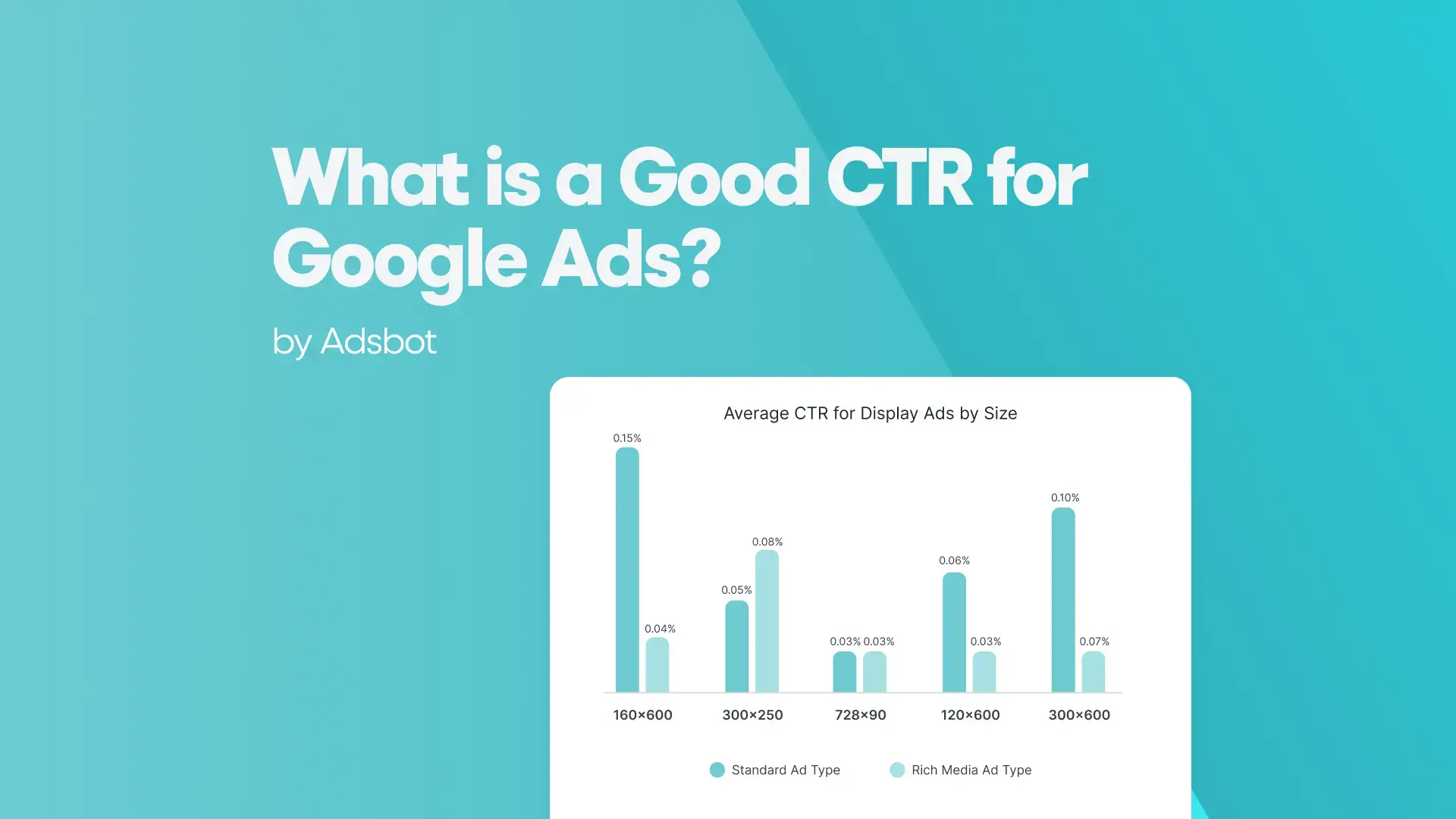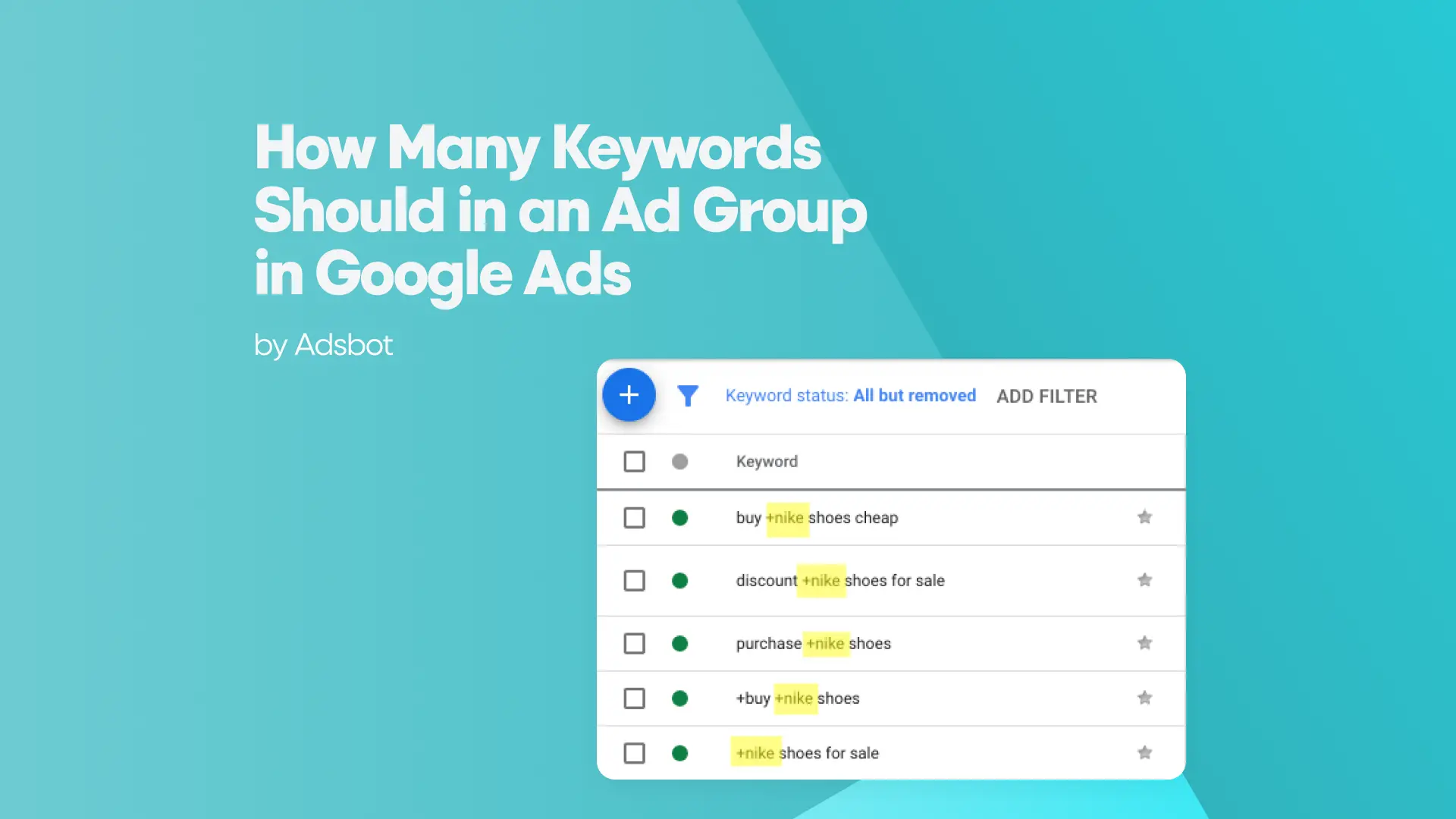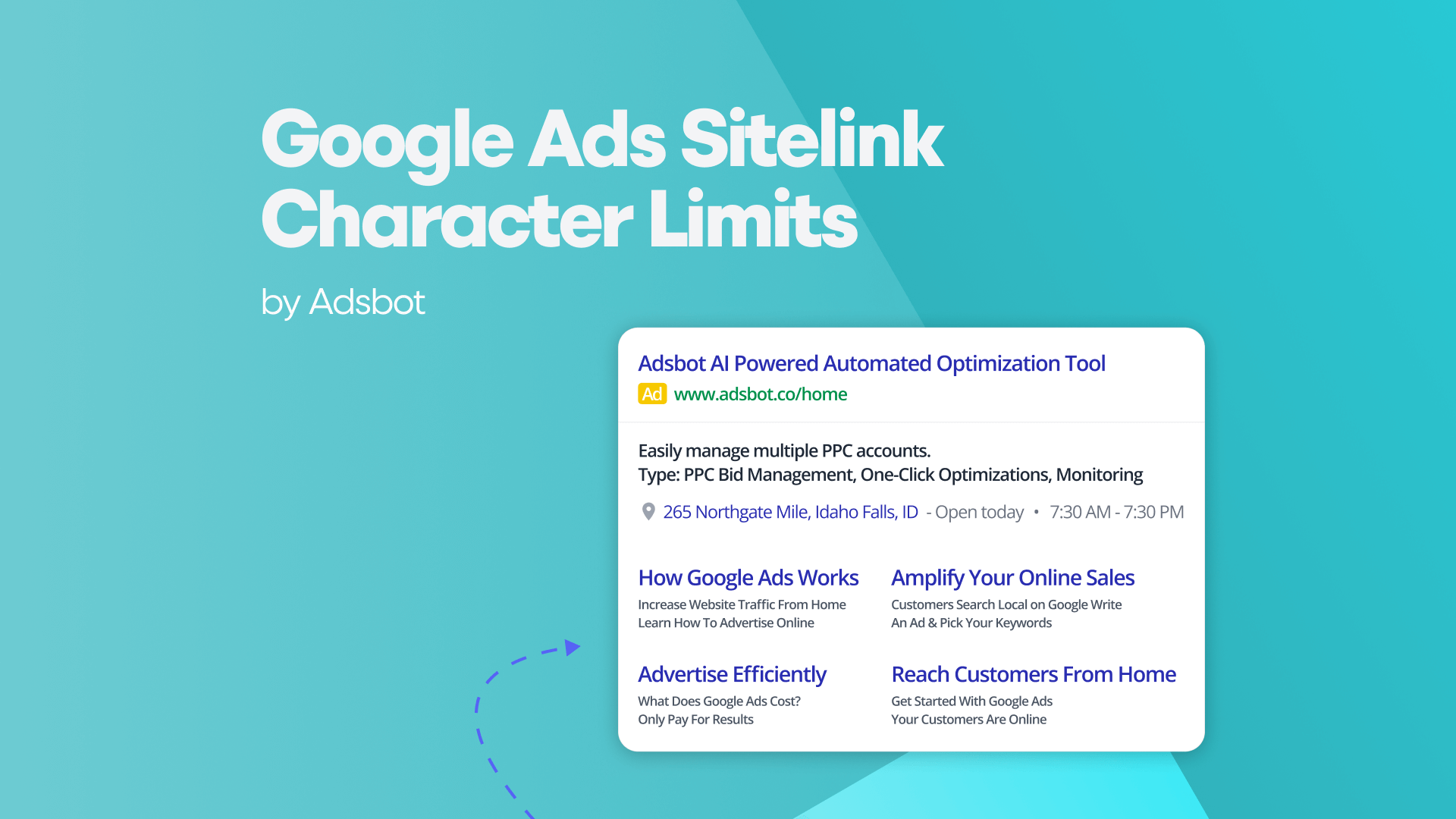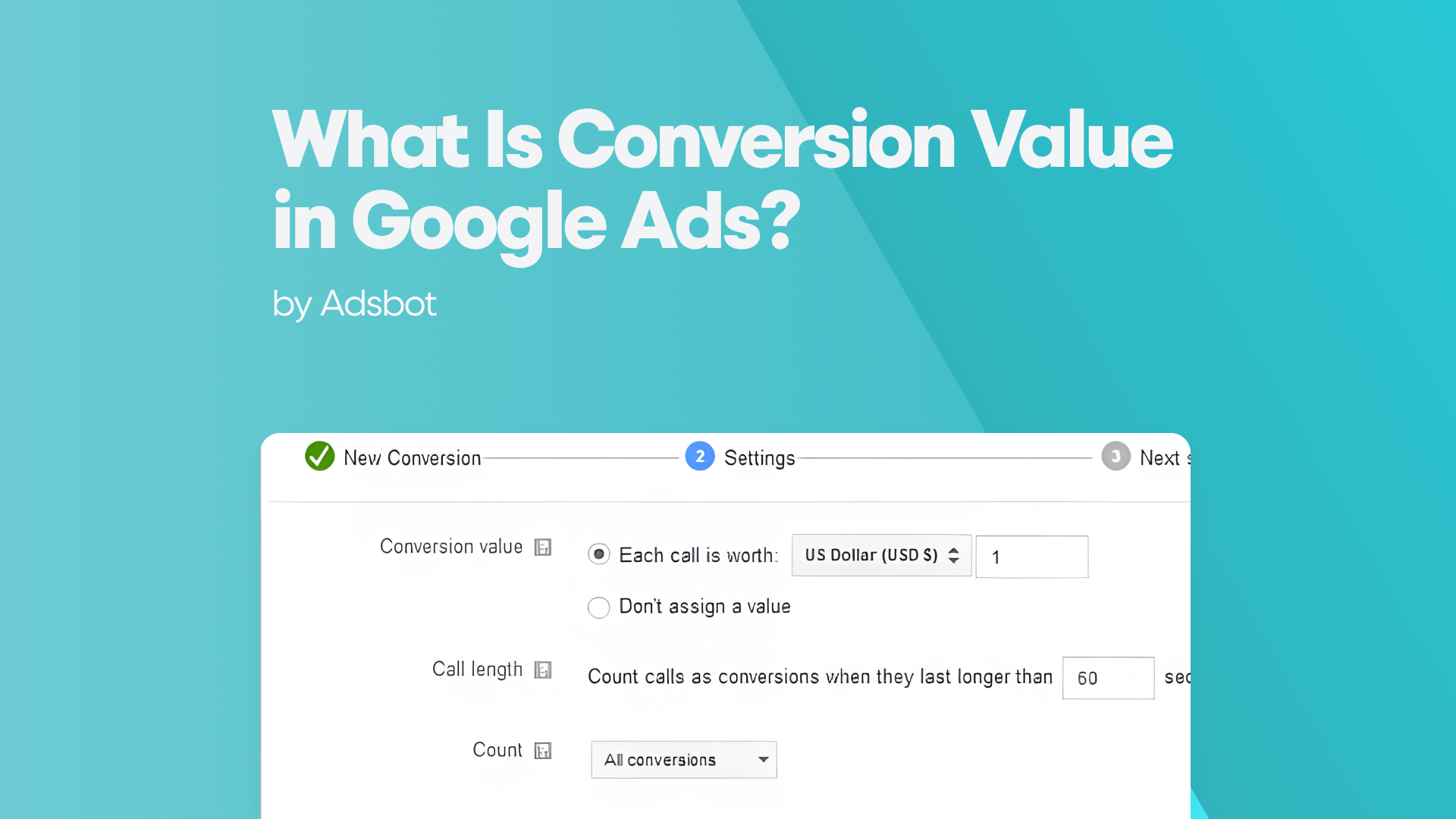Recognizing the significance of metrics in advertising when evaluating campaign effectiveness is crucial. One particular metric that deserves attention is the Click Through Rate (CTR), which gauges the percentage of individuals who click on your advertisement after viewing it. This metric offers insights into how your ad resonates with its intended audience. In this article, we will dive into CTR, exploring its components and providing suggestions for enhancing CTR. Additionally, we will delve into the variances in CTRs across platforms.
What is a Click-Through Rate?
The quantification of individuals who engage with your advertisement subsequent to perceiving it is assessed by a metric denoted as the click-through rate. The click-through rate (CTR) can be defined as the quotient obtained by dividing the total count of ad clicks by the total count of ad impressions, and then multiplying the result by 100. The click-through rate, being a significant metric, serves as a pivotal gauge of the triumph of your advertisement, as it unveils the extent to which it strikes a chord with users and compels them to engage in a desired course of action.
What is a Good CTR?
Industry, ad format, and network all play a role in determining what constitutes a “good” CTR. A click-through rate of over 2% is generally considered good, and a CTR of over 5% is sometimes considered excellent. What constitutes an acceptable CTR, however, can vary widely between sectors. Due to increased competitiveness, highly competitive businesses may exhibit lower-than-normal CTRs, while niche industries may experience the opposite.
How to Improve Your CTR?
Strategic planning, attention-grabbing ad language, and knowledge of your target demographic are all necessary ingredients for a higher click-through rate. A greater CTR can be achieved through the use of attention-grabbing headlines, appropriate keywords, and appealing ad extensions. Better click-through rates (CTRs) can be achieved through regular testing of multiple ad variations, analysis of performance data, and data-driven tweaks to the campaign.
What is the Average CTR for the Google Search Network?
Google Search Network average CTR varies greatly by both sector and ad position. On the Google Search Network, however, a CTR of roughly 3% is rather typical. In general, click-through rates (CTRs) are greater for ads that appear closer to the top of search results pages. To reiterate, a higher CTR not only implies better ad performance but can also positively affect your ad’s Quality Score and ranking.
What is the Average CTR for the Google Display Network?
There are types of content, such as websites, apps, and videos included in the Google Display Network. As a result, there is a range of rates (CTRs) observed. Generally, CTRs for display advertisements tend to be 0.5% to 1% compared to search ads. While the visual aspect of display advertising can impact CTRs, it also offers advantages like building brand awareness and retargeting.
To measure the effectiveness of your ad in grabbing attention and encouraging viewers to take action, it is essential to achieve a Click Through Rate. It’s worth noting that acceptable CTRs can vary significantly across industries and networks; therefore, comparing CTRs can be helpful. Should consider this variation. To enhance your advertising efforts and improve CTRs, it is recommended to optimize your campaigns, create ad copy, and closely monitor performance data.
Popular Posts
-
How Many Keywords Should Be In an Ad Group in Google Ads?
Ever wondered if your Google Ads campaigns are packed with…
Read more -
Google Ads Script for Dummies: An Introduction
Imagine you have an e-commerce website that sells licensed superhero…
Read more -
Google Ads Sitelink Character Limits
Your Google Ads are cutting off in the middle of…
Read more -
What Is Conversion Value in Google Ads?
What if you could put a price tag on every…
Read more
Register for our Free 14-day Trial now!
No credit card required, cancel anytime.





